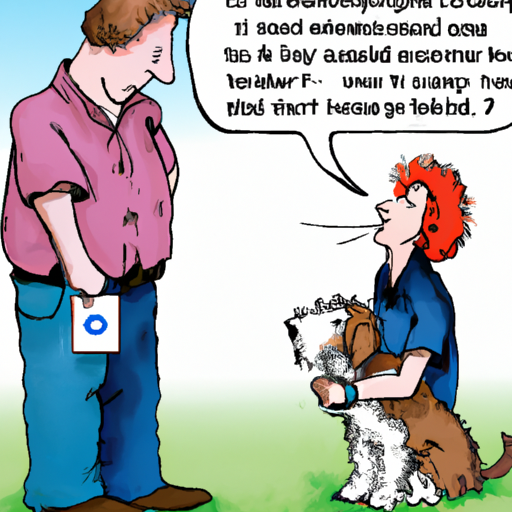As a caregiver, your dog’s health and wellbeing are undoubtedly your primary concern. One of the most fundamental aspects of caring for a female dog is understanding her heat cycles and knowing what to do when she goes into heat. This guide will provide you with a complete overview of what you need to know.
1. Understanding the Heat Cycle
Heat, also known as estrus, is a stage in a female dog’s reproductive cycle during which she becomes receptive to mating with males. This period typically happens once every six months after a dog reaches six months of age, but it can vary depending on the breed and individual dog.
Stages of the Heat Cycle
- Proestrus: This is the beginning of the heat cycle and lasts approximately nine days. Your dog may show no physical signs during this stage, but other dogs will be attracted to her due to the pheromones she is releasing.
- Estrus: This is the stage when your dog is fertile and will accept a male for breeding. It can last between 3 to 21 days, with an average of 9 days.
- Diestrus: This stage lasts approximately two months. If your dog has mated and is pregnant, this stage will last until the puppies are born. If she is not pregnant, her body will undergo hormonal changes to return to normal.
- Anestrus: This is the resting stage and lasts between 2 to 3 months before the cycle begins again.
2. Recognizing Signs of Heat
Your dog may exhibit various signs when she goes into heat. Here are some common symptoms:
- Swollen vulva
- Blood or pinkish discharge
- Frequent urination
- Changes in behavior, such as increased affection or aggression
3. What to Do When Your Dog is in Heat
When your dog is in heat, it’s essential to take specific actions to ensure her health and safety.
Prevent Unwanted Pregnancy
Your dog is fertile during the estrus phase. To prevent unwanted pregnancies, you should:
- Keep her indoors as much as possible.
- Avoid dog parks or public areas where male dogs might be present.
- Supervise her whenever she’s outside, even in a fenced yard, as male dogs can be very determined.
- Consider using doggie diapers to prevent stains from discharge and deter male dogs.
Keep Her Comfortable
Like humans, dogs can experience discomfort during their heat cycle. Here are some ways to keep her comfortable:
- Provide a quiet and cozy space where she can rest.
- Maintain her regular exercise routine to help her burn off excess energy and reduce stress.
- Give her chew toys or puzzle feeders to keep her occupied.
4. Understanding the Risks
While being in heat is a natural process for dogs, it can come with some risks. It’s essential to watch for signs of Pyometra, a severe infection of the uterus that can occur after the heat cycle. Symptoms include:
- Fever
- Abdominal swelling
- Lethargy
- Loss of appetite
- Excessive thirst
If you notice any of these symptoms, seek veterinary attention immediately.
5. Deciding on Spaying
Spaying your dog can prevent heat cycles and the risks associated with them, like unwanted pregnancies and Pyometra. However, it’s a significant decision that should be made in consultation with your vet, considering factors such as your dog’s age, health, and breed.
| Pros of Spaying | Cons of Spaying |
|---|---|
| Prevents unwanted pregnancies | Major surgery with associated risks |
| Eliminates risks of uterine infections | Can impact growth in large breed dogs if done too early |
| Can reduce certain behavior problems | Permanent and irreversible |
Frequently Asked Questions
Q: How long does a dog stay in heat?
A: The entire heat cycle can last anywhere from 2 to 4 weeks, with the fertile estrus phase lasting between 3 to 21 days.
Q: Can a dog go into heat early?
A: Yes, some dogs may go into heat as early as four months, especially small breed dogs.
Q: Is it safe to spay a dog while she’s in heat?
A: While it’s technically possible to spay a dog during heat, it’s generally safer to wait until the cycle is over due to increased blood flow to the uterus during this time.
Q: How can I calm my dog while she’s in heat?
A: Keep her environment calm and quiet, maintain her regular exercise routine, and give her toys or puzzle feeders to keep her occupied.
Remember, the most important thing you can do as a caregiver is to stay informed and proactive about your dog’s health. By understanding her heat cycles and knowing what to do when she goes into heat, you’re taking a significant step in ensuring her wellbeing.



